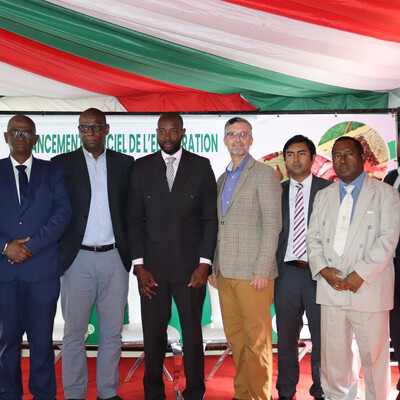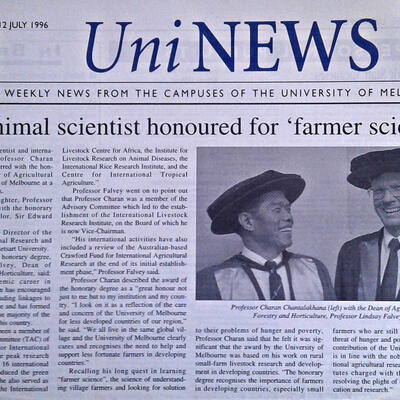
Improved food and nutritional security from better utilisation of dairy cattle breed-types in Senegal
The objectives of this project are to:
- Determine the most appropriate dairy breed/cross-breed types for peri-urban dairy production systems in Senegal, and disseminate this information;
- Characterise the dairy germplasm production chain, and related policies, and use this information to develop a strategy for strengthened dairy germplasm production and delivery systems;
- Enhance local human, institutional and organizational capacity on accessing and promoting different breeds/cross-breeds of livestock.
In certain dairy production systems within Senegal, such as in peri-urban Dakar, the indigenous West African Zebu breeds of cattle (such as the Gobra, Maure and Azaouak) are being crossed with recently introduced dairy breeds from Europe (such as the Holstein-Friesian or Montbeliard), resulting in farmers keeping a range of breed types. There is, however, little known about the relative performance of the different breed-types from a socio-economic viewpoint. Whilst animals with a higher proportion of exotic blood have the genetic potential to produce more milk, they are less adapted to the local environmental conditions and require greater inputs (such as feed and health-care) in comparison to the indigenous animals.
Previously, it has been difficult to quantitatively access the socio-economic performance of the different dairy breed-types within in-situ (peri-urban or village) settings, as the breed-mix of individual animals cannot be determined from phenotypic observation and pedigree records are lacking. New genomic approaches, however, provide a solution to this problem as they enable the breed composition of individual animals to be determined from DNA information. By combining genomic-based breed information with economic and performance information from on-farm monitoring of the same animals (obtained from both baseline and longitudinal surveys), the most appropriate breed/cross-breed type for a particular production environment can be identified. Utilisation of the most appropriate breed type is critical to sustainably increase the productivity of the dairy sector.

















